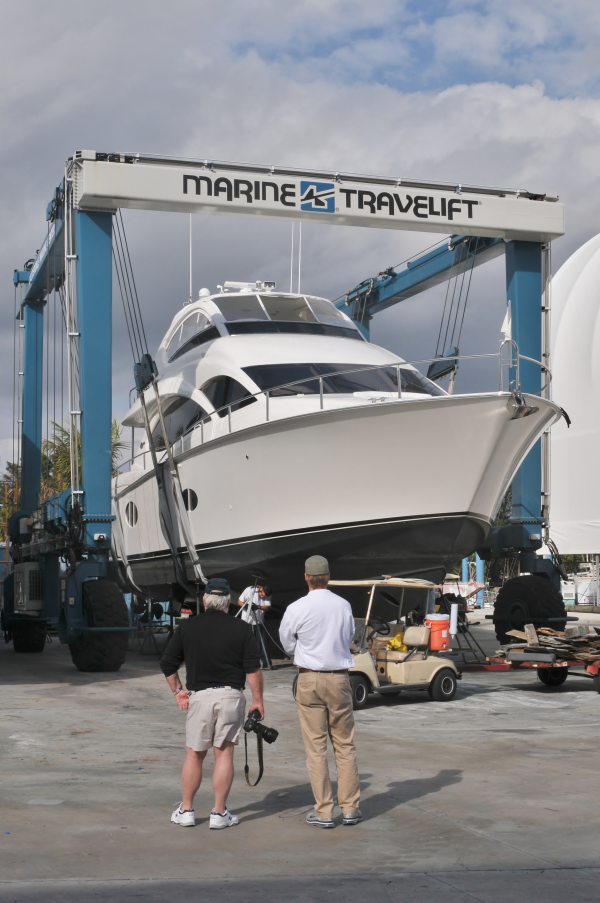Antifouling and Bottom Painting
Optimal cruising performance is often a reflection of your vessels underside. Your boats bottom coat is the first line of defense against some harsh elements trying to consume it. Staying on top of this preventative maintenance chore is one of the most important ones you face. The smallest amount of growth underneath your boat will affect speed and performance and if not sealed properly will penetrate your hull’s gel-coat creating core rot (blisters).
Let’s find the right paint for you!
Favorable bottom coatings for your vessel should depend on what type of boating you do, where you boat and the type of bottom paint applied to your boat in the past. Fresh water boating doesn’t necessarily require the same strength and durability of bottom paint as say a fishing boat in the Florida Keys.
“Bottom paints act as a barrier to reduce marine growth and barnacles by releasing toxic biocides at a carefully controlled rate” Back in the day of old the bellies of boats were nailed tight with copper platting, now copper compounds (cuprous oxide) are laden in the bottom paint itself to combat growth some contain “slimacides” which greatly reduce the sun’s deterioration of paint along the water line by filtering out UV and blocking photosynthesis.
2 Types of Anti-fouling Bottom Paint
It’s important to remember the pros and cons of each type of bottom paint. Compatibility of one paint on top of another is critical. Generally speaking softer paints can be applied over harder paints but not visa versa
Modified Epoxies
Modified Epoxies deliver a hard durable finish but require yearly repainting. The higher the cooper content the more resistant it is to algae and growth. Keep in mind “the cheaper paint, the less copper and protection” I don’t recommend short changing price for durability and protection. The warmer the water and longer the boating season the higher the bottom growth and better protection you’ll need. Modified epoxies are popular because they are typically cheaper and can be painted over each other if the bottom has been sanded properly for a nice firm lock.
Ablatives
Ablative paints are softer semi-hard paints that flake off over time much like a bar of soap. Multiple coats the 1st time applied is recommended and is well worth it. Ablatives with boosted copolymers are very popular because they allow a vessel’s bottom to go 2 or 3 years sometimes with out needing to be repainted.
TIP: When applying multi coats of Ablative paint make the base coat a different color of paint than the successive layers. Perhaps RED and other layers Blue or Black. This will allow you to see when you are down to your base level.
WARNING: Do not paint a modified epoxy paint over an ablative paint with out removing it completely first by sanding! It will simply flake off and your money and protection will be lost.
Preperation is Critical! Let’s do it!
▪ Pressure Washing-Should the hull have growth remove thoroughly with a pressure washer using a mold release agent
▪ Sanding and Prep-Should older paint exist remove using a DA and 100 grit sandpaper taking the underside of your vessel down to fresh gel-coat. If any blisters exist (bubbles caused from water penetration) remove them using the interlux repair guide to achieve a perfect underside substrate for an impermeable layer called the Barrier Coat.
▪ Applying a Barrier Coat-A barrier coat is an impermeable layer of epoxy that you will apply between paint and hull so that water cannot be absorbed and blisters cannot form-much like a primer. After applying and dry time has exceeded lightly sand with 120 sandpaper to give a perfect texture for bottom paint to adhere.
Applying Bottom Paint.
Call Freedom Yacht Services today for the very best yacht detailing and protective coating experts





